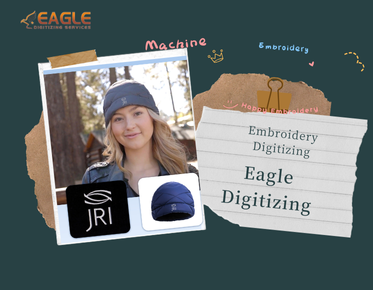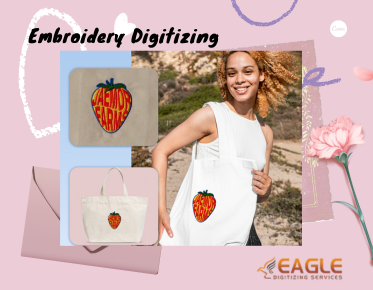Best File Formats for Embroidery Logos
Embroidery digitizing is a crucial step in transforming a logo into a format that can be read by embroidery machines. The choice of file format is essential to ensure the design is accurately reproduced on fabric. Understanding the best file formats for embroidery logos can help you achieve high-quality results.
Understanding Embroidery File Formats
Embroidery file formats are specialized digital files that contain instructions for embroidery machines. These files dictate how the machine should stitch the design onto the fabric. The most common format used in the industry is the Tajima (DST) format, which is widely accepted by most embroidery machines. Other formats include EMB, CND, EXP, DSB, PXF, and POF, each compatible with different brands and models of machines【4:0†source】.
Choosing the Right Format for Your Logo
When preparing a logo for embroidery, it's important to start with a high-quality image file. Formats such as JPG, GIF, BMP, TIF, PDF, AI, CDR, and EPS are commonly accepted for initial submissions. These formats allow for detailed and clear images, which are essential for creating a precise embroidery design【4:0†source】.
Why High-Quality Artwork Matters
Submitting a crisp and clear image with color separations can significantly impact the final embroidered product. High-quality artwork ensures that the digitized file will accurately represent the original design, maintaining the integrity of the logo's details and colors【4:0†source】.
Working with Professional Digitizing Services
Professional digitizing services, like those offered by Eagle Digitizing, can convert any artwork into a language recognizable by embroidery machines. These services are beneficial for embroidering company logos, symbols, artwork, and photos on fabric for promotional purposes. They ensure that the design is digitized with precision, minimizing thread breakage and ensuring smooth sew-outs【4:0†source】.
Advantages of Professional Services
Using a professional service provides several advantages, including access to skilled digitizers who are familiar with the latest techniques in embroidery digitization. These services often offer quick turnaround times and revisions to ensure complete customer satisfaction. Eagle Digitizing, for example, provides a range of formats at no additional cost, ensuring compatibility with various embroidery machines【4:0†source】.
Future Trends in Embroidery Digitizing
As technology advances, the embroidery industry continues to evolve. Future trends may include more sophisticated software that allows for even greater precision and creativity in designs. Additionally, the integration of artificial intelligence could further streamline the digitizing process, making it more accessible to a wider range of users.
For those looking to digitize their logos for embroidery, understanding the importance of file formats and the benefits of professional services can make a significant difference in the quality of the final product. Whether you're a small business or a large corporation, ensuring your logo is properly digitized is key to maintaining brand integrity and achieving the desired aesthetic on your embroidered products.



.png)